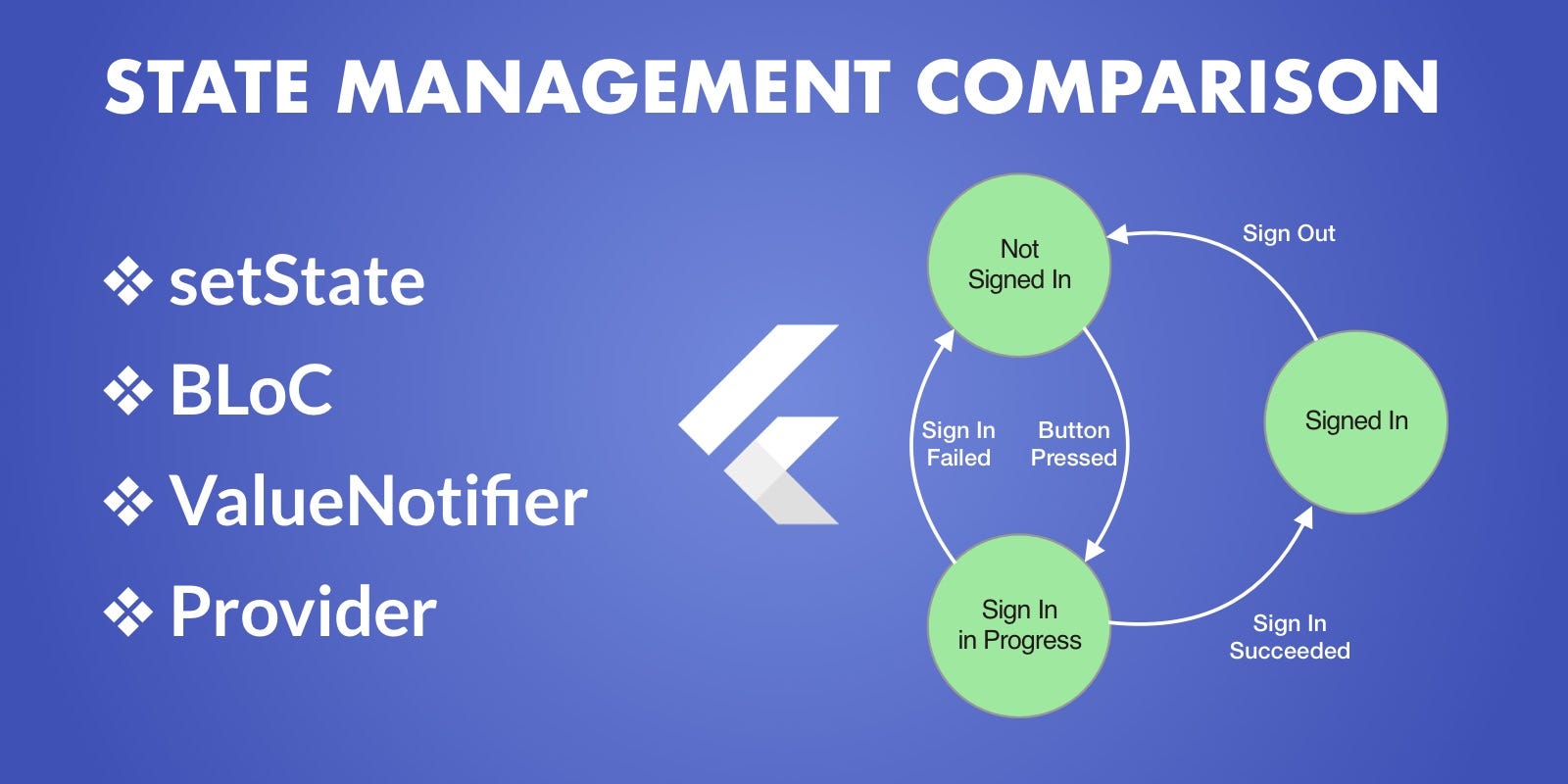State management is a crucial aspect of developing robust and scalable applications in Flutter. As Flutter continues to gain popularity for its cross-platform capabilities, choosing the right state management solution becomes essential for maintaining clean and efficient code. Expert Flutter app developers in Dubai are often tasked with selecting the best state management approach to build responsive and high-performance applications. This article compares three popular state management solutions in Flutter: Provider, Riverpod, and Bloc, highlighting their features, use cases, and best practices.
Provider
Overview
Provider is one of the most commonly used state management solutions in Flutter. It is easy to learn and integrates seamlessly with Flutter’s widget tree, making it a great choice for beginners and for smaller projects.
Key Features
- Simplicity: Provider is straightforward and easy to implement, which reduces the learning curve for new developers.
- Efficiency: It uses the InheritedWidget internally, which ensures efficient widget rebuilds.
- Flexibility: Provider supports a variety of use cases, including dependency injection and simple state management.
Use Cases
Provider is ideal for simple to moderately complex applications where the state does not require complex business logic. It’s particularly useful for apps where the state changes are relatively straightforward and do not involve extensive data manipulation.
Example
dart
class Counter with ChangeNotifier {
int _count = 0;_count++;
notifyListeners();
}
}
runApp(
ChangeNotifierProvider(
create: (context) => Counter(),
child: MyApp(),
),
);
}
Riverpod
Overview
Riverpod is a more advanced state management library that builds on the principles of Provider but offers improved capabilities. It aims to solve some of the limitations of Provider and provides a more scalable solution for larger applications.
Key Features
- Compile-time Safety: Riverpod offers better type safety and compile-time errors, reducing runtime errors.
- Scalability: It is designed to be more modular and scalable, making it suitable for larger applications.
- Flexibility: Riverpod provides a more flexible way to manage state and dependencies, allowing for complex state management scenarios.
Use Cases
Riverpod is suitable for applications that require more advanced state management, such as those with complex dependency graphs or where state needs to be shared across different parts of the app. It’s particularly beneficial for large-scale applications where maintainability and scalability are critical.
Example
dart
final counterProvider = StateProvider<int>((ref) => 0);
void main() {
runApp(
ProviderScope(
child: MyApp(),
),
);
}
class MyApp extends ConsumerWidget {
@override
Widget build(BuildContext context, ScopedReader watch) {
final counter = watch(counterProvider).state;
return MaterialApp(
home: Scaffold(
appBar: AppBar(title: Text(‘Riverpod Example’)),
body: Center(
child: Text(‘$counter’),
),
floatingActionButton: FloatingActionButton(
onPressed: () => context.read(counterProvider).state++,
child: Icon(Icons.add),
),
),
);
}
}
Bloc (Business Logic Component)
Overview
Bloc is a state management library that follows the BLoC (Business Logic Component) pattern. It emphasizes separating business logic from the presentation layer, which leads to more testable and maintainable code.
Key Features
- Separation of Concerns: Bloc promotes a clear separation between business logic and UI, improving code maintainability.
- Reusability: Business logic can be reused across different parts of the application or even in different applications.
- Testability: Bloc makes it easier to write unit tests for business logic without relying on Flutter widgets.
Use Cases
Bloc is suitable for complex applications where business logic needs to be clearly separated from UI code. It is ideal for large-scale applications with intricate state management requirements and for teams that prioritize testability and maintainability.
Example
dart
class CounterCubit extends Cubit<int> {
CounterCubit() : super(0);}
runApp(MyApp());
}
@override
Widget build(BuildContext context) {
return MaterialApp(
home: BlocProvider(
create: (_) => CounterCubit(),
child: CounterPage(),
),
);
}
}
@override
Widget build(BuildContext context) {
return Scaffold(
appBar: AppBar(title: Text(‘Bloc Example’)),
body: Center(
child: BlocBuilder<CounterCubit, int>(
builder: (context, count) {
return Text(‘$count’);
},
),
),
floatingActionButton: FloatingActionButton(
onPressed: () => context.read<CounterCubit>().increment(),
child: Icon(Icons.add),
),
);
}
}
Conclusion
Choosing the right state management solution in Flutter depends on the specific needs and complexity of your application. Provider is excellent for simpler apps and for developers new to state management in Flutter. Riverpod offers a more robust and scalable solution suitable for larger and more complex applications. Bloc provides a clear separation of concerns, making it ideal for applications with complex business logic and a need for high testability.
Expert Flutter app developers in Dubai often evaluate these factors to select the most appropriate state management approach for their projects. By understanding the strengths and use cases of Provider, Riverpod, and Bloc, developers can make informed decisions that enhance app performance, maintainability, and scalability. Each of these state management solutions has its unique advantages, and the choice ultimately depends on the project’s requirements and the development team’s preferences.

